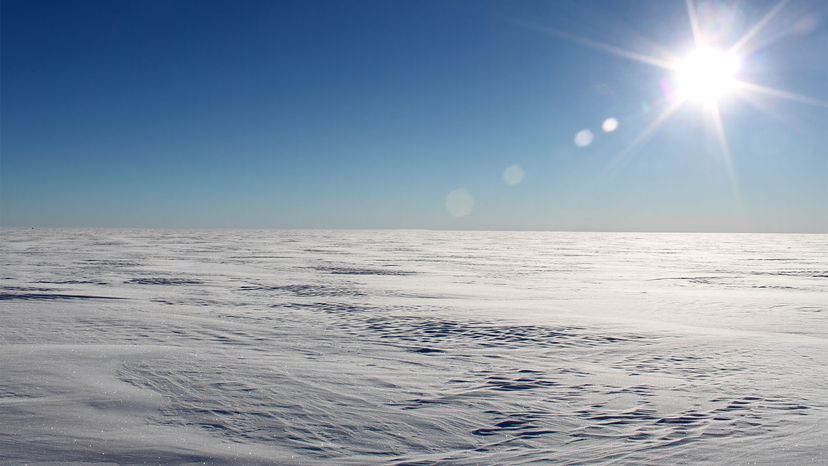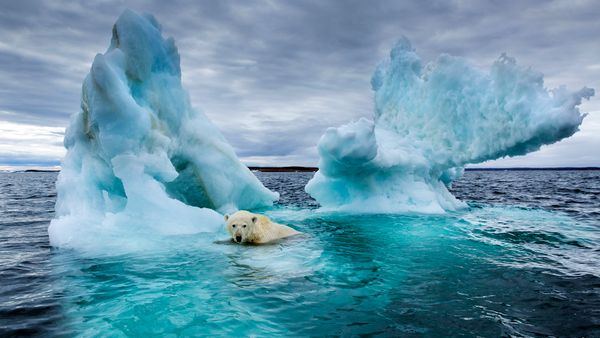Prolonged Darkness
Each year, the geographic South Pole and nearby areas undergo a "polar night." That's an extended period in which the sun never climbs above the horizon. The record-setting plateau temperatures Scambos and company wrote about in 2018 were observed during this dark stretch of the calendar — usually in July and August.
"The East Antarctic Plateau is so cold because of high altitude and the snow on the surface reflects most of the solar energy back, about 90 percent or more, to the atmosphere," Muto says. "Plus, you have the polar nights during the winter when there is no solar energy at all. Also, because of the great distance from the coast, you rarely get warmer coastal air masses penetrating inland to bring the heat."
Obviously, this is not an environment for the faint-hearted.
"It is a gigantic, white, flat expanse of bitter cold snow. The wind is ceaseless, the sky is a deeper blue than any place you've seen before. It is an isolated, eternal landscape," Scambos explains.
Yet even here, extreme surface temperatures in the ballpark of minus 138 degrees Fahrenheit (minus 98 degrees Celsius) will only occur under just the right circumstances. Prolonged darkness alone isn't enough.
Shallow Depressions
To bring the metaphorical thermostat all the way down to that low, low point, Scambos says there must also be "still air, zero clouds, incredibly dry atmosphere and you need to be sitting in a swale in the ice surface, a subtle depression of 6.5 to 9.8 feet [2 to 3 meters] depth and a couple miles across." (Note that one mile is equal to 1.6 kilometers.)
Dips and valleys in the Antarctic ice sheet trap air that's dense, dry and cold, even by South Pole standards. Given enough time, the trapped air cools down surface-level snow, along with some of the warmer air above it.
So there you have it. Shallow depressions in a high-elevation part of the East Antarctic Plateau can become the coldest places on the face of the Earth during their polar winter. That doesn't make it any easier to get out of bed on a freezing morning.



